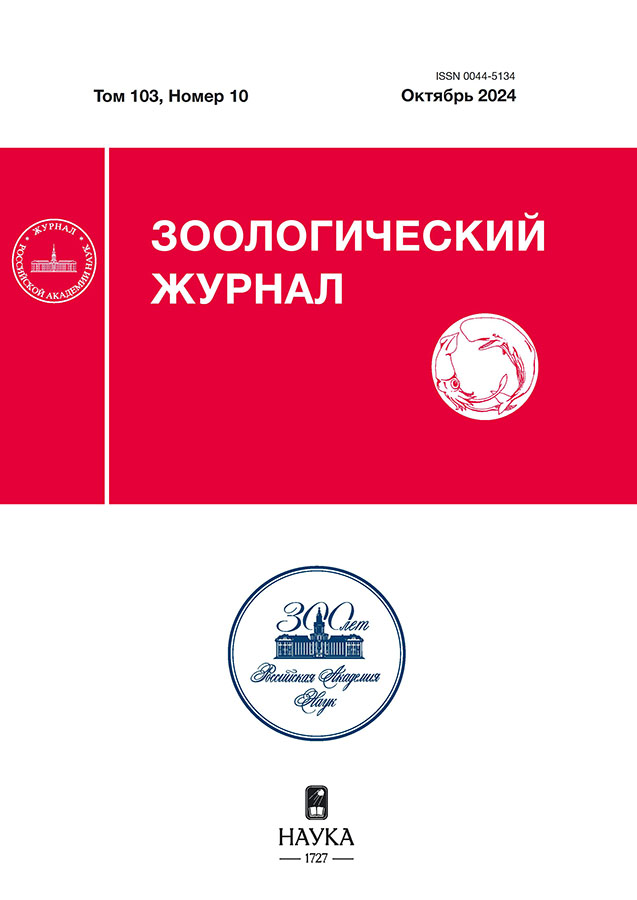A case of partner change in a pair during the nesting period in the white stork (Ciconia ciconia L. 1758, Ciconiiformes, Ciconiidae) and its consequences
- Authors: Pavlova V.V.1
-
Affiliations:
- I. D. Papanin Institute for the Biology of Inland Waters, Russian Academy of Sciences
- Issue: Vol 103, No 10 (2024)
- Pages: 80-87
- Section: ARTICLES
- URL: https://archivog.com/0044-5134/article/view/676711
- DOI: https://doi.org/10.31857/S0044513424100063
- EDN: https://elibrary.ru/tmcluw
- ID: 676711
Cite item
Abstract
The nesting behavior of white storks, Ciconia ciconia, when one of the partners in a pair deserted, is described. This case was observed in the summer of 2023 in a nest located in the village of Shestikhino, Nekouzsky District, Yaroslavl Region. The behavior of storks on the nest was recorded around the clock using an online camera. Around the middle of the season, the male of the pair was injured and left the nest. Eight days later, a stranger male stork began to appear on the nest. The behaviors of the stranger, the female, the resident male and the chicks are described.
Keywords
Full Text
About the authors
V. V. Pavlova
I. D. Papanin Institute for the Biology of Inland Waters, Russian Academy of Sciences
Author for correspondence.
Email: verasmi@mail.ru
Russian Federation, Yaroslavl Region, Borok, 152742
References
- Белый аист, 2024. iNaturalist [Электронный ресурс]. Режим доступа: https://www.inaturalist.org/taxa/4733-Ciconia-ciconia. Дата обновления: 02.08.2024.
- Грищенко В. Н., Галченков Ю. Д., 2011. Белый аист // Птицы России и сопредельных регионов: Пеликанообразные, Аистообразные, Фламингообразные. Т. 7. Москва: Товарищество научных изданий КМК. С. 384–416.
- Barbraud C., Barbraud J. C., Barbraud M., 1999. Population dynamics of the White Stork Ciconia ciconia in western France // Ibis. V. 141. № . 3. P. 469–479.
- Bocheński M., Jerzak L., 2006. Behaviour of the White Stork Ciconia ciconia: a review. The White Stork in Poland: studies in biology, ecology and conservation. Tryjanowski P., Sparks T. H., Jerzak L. (eds). Poznań: Bogucki Wydawnictwo Naukowe. P. 295–324.
- Coon J. J., Nelson S. B., West A. C., Bradley I. A., Miller J. R., 2018. An observation of parental infanticide in Dickcissels (Spiza americana): Video evidence and potential mechanisms // Wilson Journal of Ornithology. V. 130. P. 341–345.
- Emlen S., Demong N., Emlen D., 1989. Experimental induction of infanticide in female Wattled Jacanas // Auk. V. 106. P. 1–7.
- Jakubiec Z., 1991. Causes of breeding losses and adult mortality in White Stork Ciconia ciconia (L.) in Poland // Studia Nature. V. 37. P. 107–124.
- Hrdy S. B., 1979. Infanticide among animals: a review, classification, and examination of the implications for the reproductive strategies of females // Ethology and Sociobiology. V. 1. P. 13–40.
- Hall M. R., Gwinner E., Bloesch M., 1987. Annual cycles in moult, body mass, lutenizing hormone, prolactin, and gonadal steroids during the development of sexual maturity in the white stork (Ciconia ciconia) // Journal of Zoology. V. 211. P. 467–486.
- Kahl M. P., 1972. Comparative ethology of the Ciconidae. Part 4: The “Typical” Storks (Genera Ciconia, Sphenorhynchus, Dissoura and Euxenura) // Zeitschrift für Tierpsychologie. V. 30. P. 225–252.
- Kannan R., Chander B., Jackson J., Chander T., 2021. Remote ornithology: Studying nesting behavior of Bermuda petrels via Live webcam // Journal of the Arkansas Academy of Science. V. 75. P. 85–89.
- Moreno J., 2012. Parental infanticide in birds through early eviction from the nest: rare or under-reported? // Journal of Avian Biology. V. 43. P. 43–49.
- Profus P., 1991. The breeding biology of the White Stork Ciconia ciconia (L.) in the selected area of Southern Poland // Studia Nature. V. 37. P. 11–57.
- Schulwitz S. E., Spurling D. P., Davis T. S., McClure C.J.W., 2018. Webcams as an untapped opportunity to conduct citizen science: Six years of the American Kestrel Partnership’s KestrelCam // Global Ecology and Conservation. 15. e00434. https://doi.org/10.1016/j.gecco.2018.e00434
- Tortosa F. S., Redondo T., 1992. Motives for parental infanticide in White Storks Ciconia ciconia // Ornis Scandinavica. V. 23. P. 185–189.
- Turjeman S., Centeno-Cuadros A., Eggers U., Rotics S., Blas J., Fiedler W., Kaatz M. et al., 2016. Extra-pair paternity in the socially monogamous white stork (Ciconia ciconia) is fairly common and independent of local density // Scientific Reports. V. 6. 27976.
- Vallino C., Yoccoz N. G., Rolando A., Delestrade A., 2021. Webcams as a remote tool for eco-ethological research: a study on the Alpine Chough // Frontiers in Environmental Science. V. 9. 659521.
- Vergara P., Aguirre J. I., Fargallo J. A., Dávila J. A., 2006. Nest-site fidelity and breeding success in White Stork Ciconia ciconia // Ibis. V. 148. P. 672–677.
- Vergara P., Aguirre J. I., Fernández-Cruz M., 2007. Arrival date, age and breeding success in white stork Ciconia ciconia // Journal of Avian Biology. V. 38. P. 573–579.
- Zielinski P., 2002. Brood reduction and parental infanticide – are the white stork Ciconia ciconia and the black stork C. nigra exceptional? // Acta Ornithologica. V. 37. P. 113–119.












